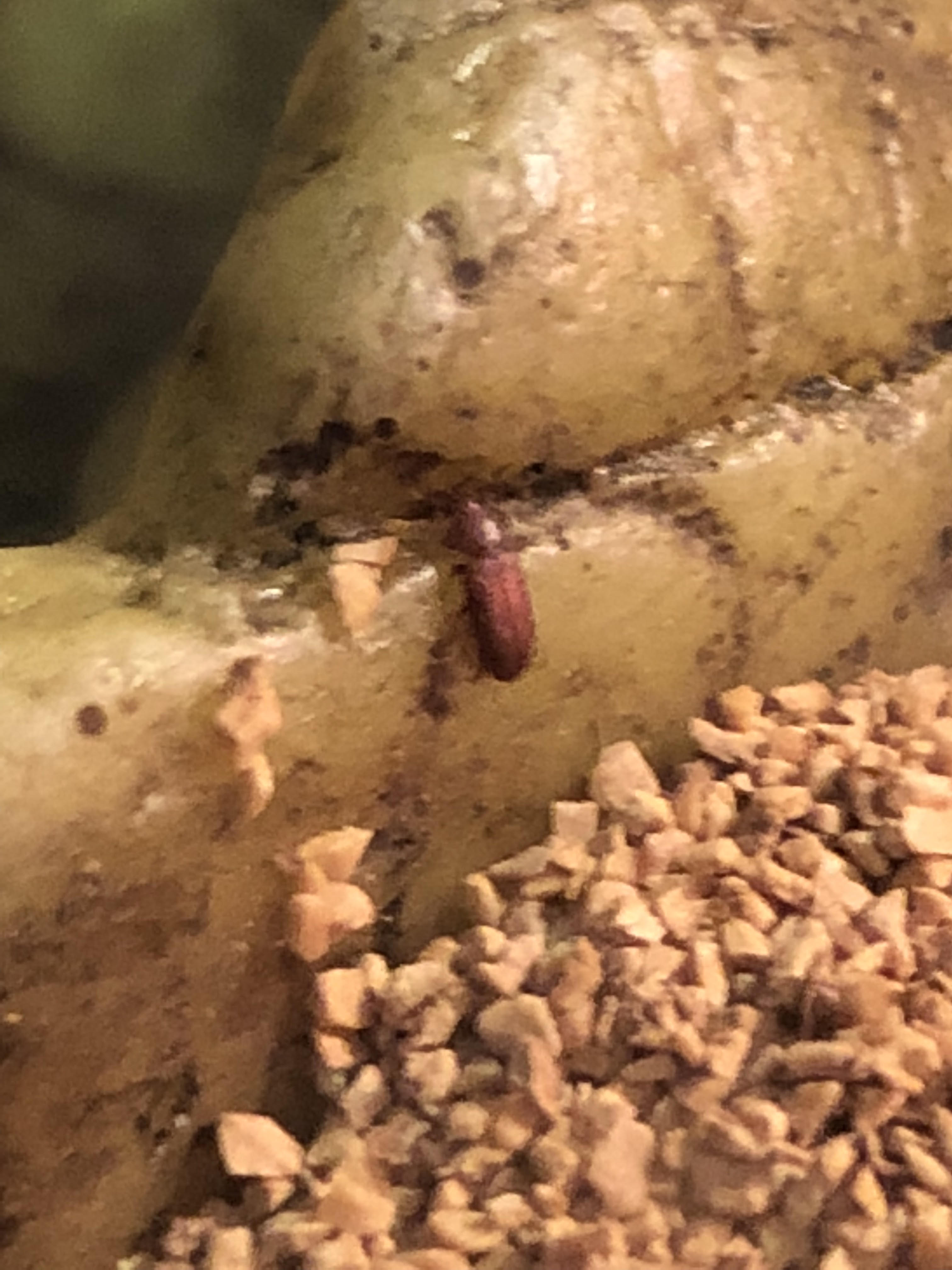xjailbreakx
Bearded Dragon Egg
- Messages
- 5
I have a photo of these bugs, I cant find what they are online, they are extremely small as you can see the grains of sand is a little bit smaller than it. But I am worried they might be mites? Can someone tell me what the hell they are and are they harmful? It looks like a beetle, the Darkling beetle looks similar to it but I don't know if those are bad for them or how they got in there.
I would really appreciate it, thank you!
Photo:

I would really appreciate it, thank you!
Photo:
